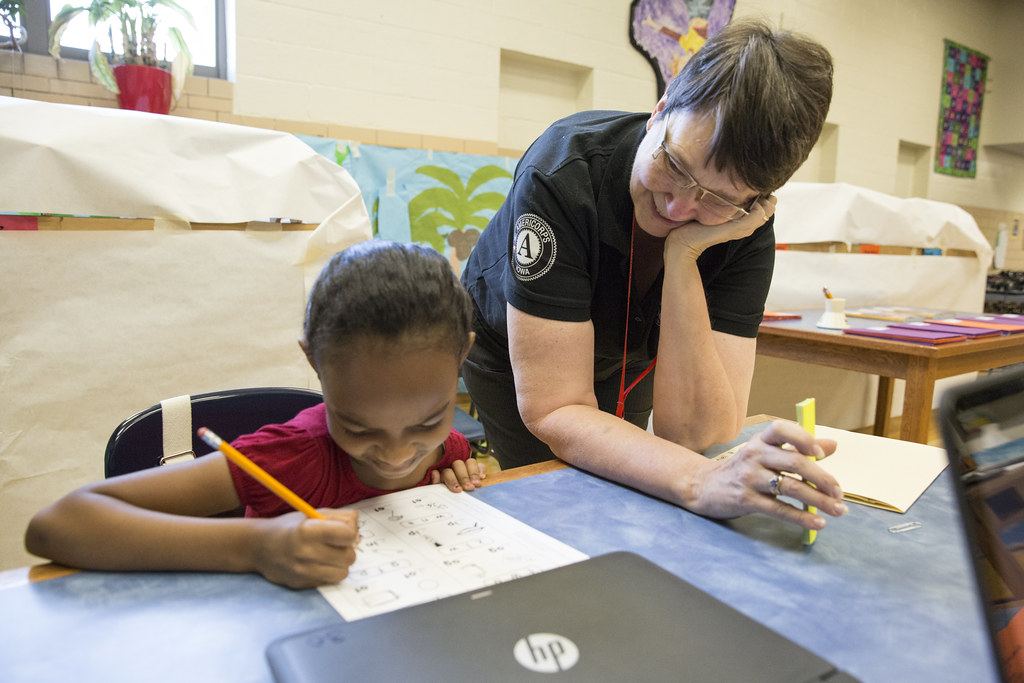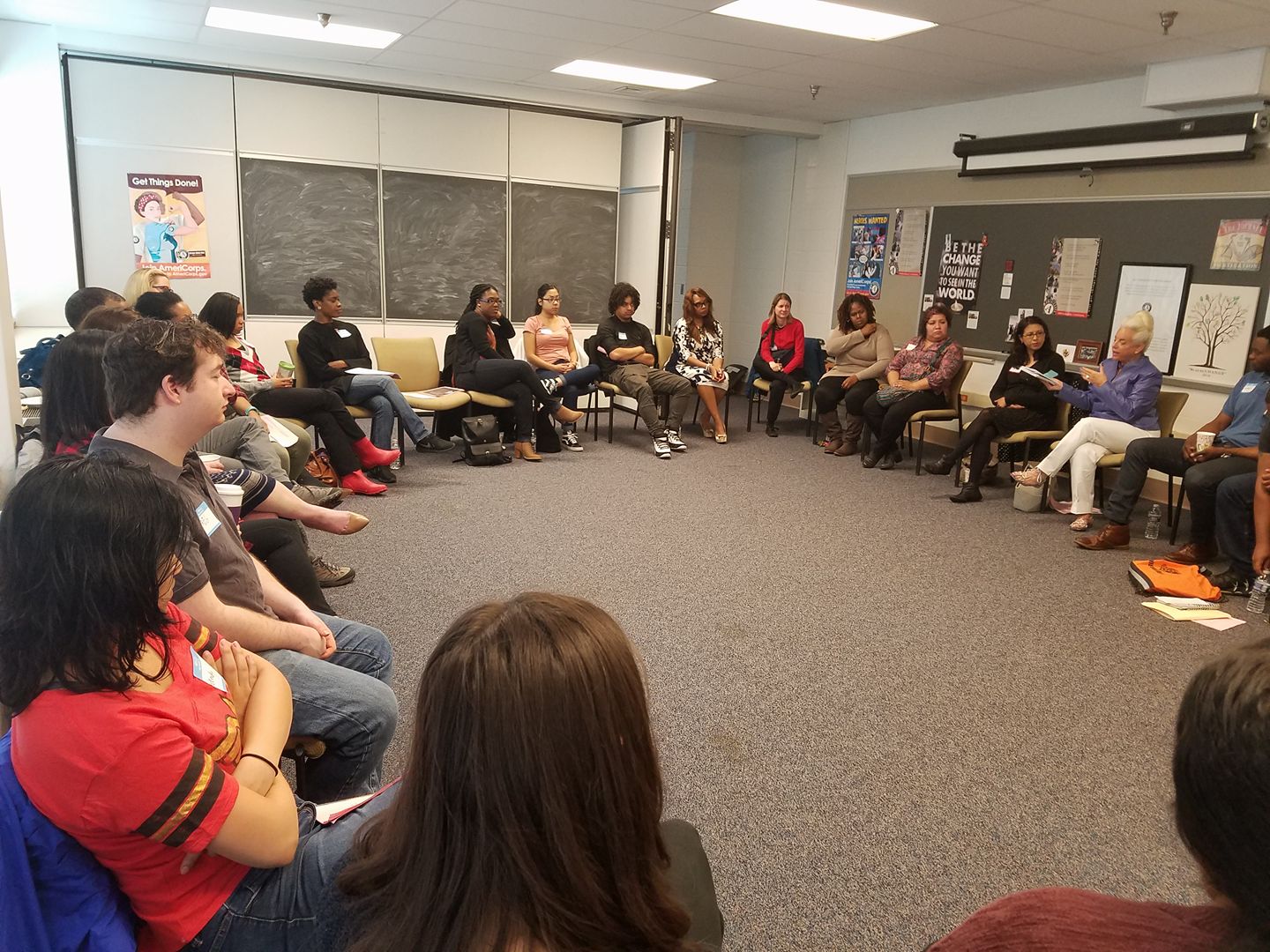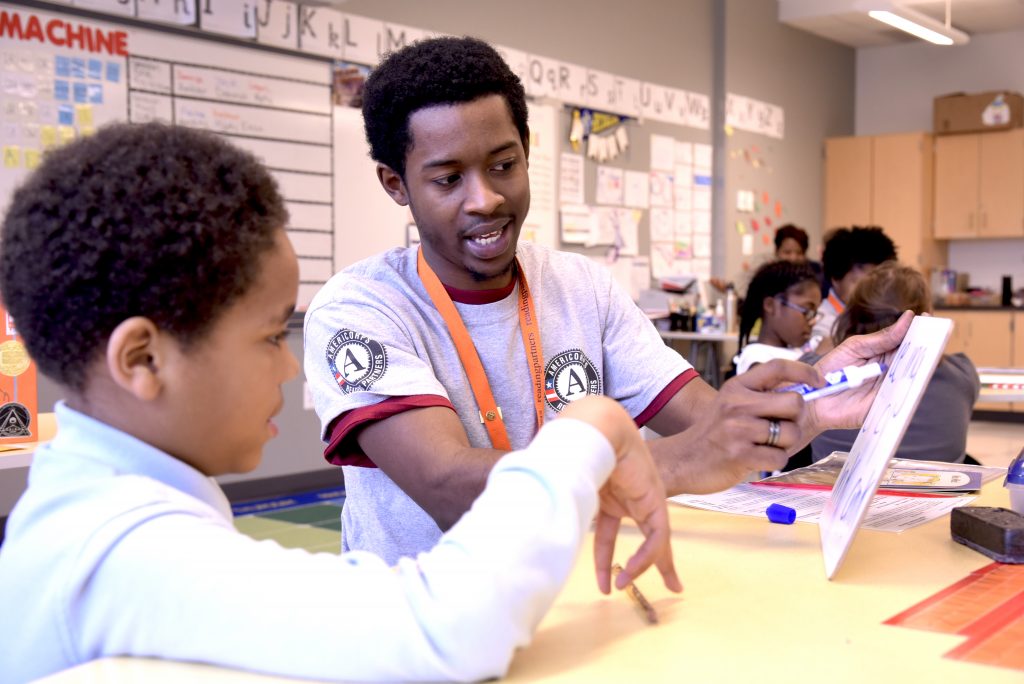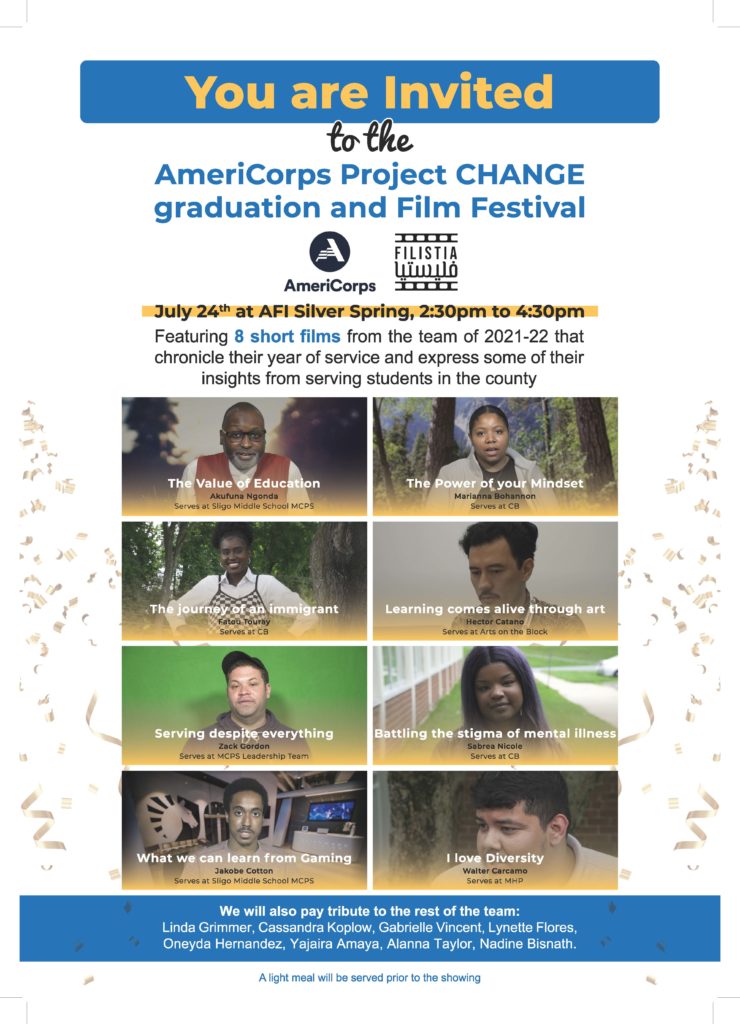By Alyssa Rosenberg Columnist Washington Post July 24th 2022
During the covid-19 pandemic, Americans asked children to make tremendous sacrifices. And while the coronavirus took something from everyone, the thefts have been particularly stark for children. As the magnitude of what we asked them to surrender becomes clearer, it’s time to ask: What does this country owe kids for everything they gave up — and had taken away?
Let’s start with school and the decisions to keep students learning remotely for weeks or months. These policies were motivated by a mix of well-intentioned caution and local politics. But researchers are now quantifying the impact of remote education — and the results are damning.
A typical school year includes 36 weeks of instruction. Students at high-poverty schools in the most cautious states spent almost 25 weeks in 2020-2021 learning remotely, according to a May report from researchers at Harvard University, the National Center for Analysis of Longitudinal Data in Education Research (CALDER) and the student assessment organization NWEA. Low-poverty students in those states spent 16 weeks learning remotely. Contrast that with one week remote for students in low-poverty schools in states that reopened quickly, and three weeks for students in high-poverty schools in those states.
The impact on students who were kept out of the classroom longest is catastrophic. Students in high-poverty districts in cautious states lost the equivalent of 40 percent of a year’s worth of learning. Students in wealthier districts in those states lost the equivalent of 27 percent of a year’s learning.
And that’s for children who stayed in school to be evaluated at all. As many as 1.2 million students left the public school system between 2020 and 2022. Many now attend private or parochial schools, or are home-schooled. But Bellwether Education Partners estimates that 600,000 children, 30 percent of them kindergartners, didn’t enroll in any form of school in the 2020-2021 year.
The implications of closed schools go far beyond education. The Food Research & Action Center surveyed 54 large school districts and found that, in April 2020, those systems served 65.1 million fewer breakfasts and lunches to students than they had in October 2019. By October 2020, the districts were still providing 61.6 million fewer meals than in the previous year.
As parents avoided doctors’ offices and school enrollments dropped, fewer children got vaccinations for measles, HPV and other diseases. There’s much we still don’t know about covid-19 and its long-term outcomes. But in the process of protecting children and their families from the coronavirus, we clearly subjected them to other health risks.
At least public schools and doctors’ offices are still standing.
Between 2019 and 2021, almost 9,000 child care centers and nearly 7,000 home-based day cares closed, some permanently, according to an estimate by the trade association and referral network Child Care Aware. That’s a 9 percent decrease in the number of centers, when the system was already under strain. Every lost slot in those facilities stands for a child whose family had to scramble to find care, whether that meant paying more, deciding that a parent (usually a mother) had to leave the workforce, or asking an older child or relative to step in.
Research on the pandemic’s impact on young children’s development and behavior is still in the early stages, but reports so far suggest that these children are slower to walk and talk, more prone to acting out and struggling to socialize with peers.
And this is just a tally of the most measurable impacts. How are we to weigh the effects of a missed prom or an underwhelming virtual graduation, the first dates that never were, the early steps toward independence now delayed?
Too often, debates about school closures and other pandemic interventions that fell heavily on children and their parents dissolve into backward-looking recriminations.
“There was considerable uncertainty, so those arguments about what should have been aren’t that useful,” Dan Goldhaber, director of CALDER and an author of the May learning-loss study, told me. Children need adults to look ahead on their behalf, rather than smugly rehashing who was right or wrong in summer 2020.
The policy solutions aren’t simple — even if we leave out expensive, politically contentious ideas such as huge investments in hiring and training teachers and grief counselors; subsidized child care; extra years of primary school; or universal basic incomes to prevent families from being plunged into poverty.
Intense tutoring, for example, might provide the equivalent of 19 weeks of class time for students who receive it. But for those who don’t, schools might have to try doubling the amount of time students spend studying math and reading, whether at the expense of electives or gym or during a longer school day. That effort might bring a gain of 10 weeks. Then, there’s summer school. But good luck finding instructors to facilitate all this in a white-hot labor market.
Instead, it might make more sense to simply extend the next two school years by six weeks each, according to Thomas Kane, a professor at the Harvard Graduate School of Education and one of Goldhaber’s co-authors. “We already have the schools, we already have the teachers, we already have the bus routes, parents already have their pickup and drop-off procedures worked out,” Kane said in an interview. Such a plan would also give parents back 12 weeks of missed child care, a small down payment on money and time lost trying to find alternate arrangements when schools and day cares closed.
When we spoke in June, Ashish K. Jha, the White House’s covid-19 response coordinator, said a critical aspect of any response to children’s learning loss and other sacrifices would be a long-term commitment rather than a short-term infusion of cash.
And given the magnitude of the challenge, Goldhaber said, educators, parents and politicians will need to be modest: Some initiatives won’t work. But that’s no reason to stop looking for solutions.
Sadly, some children will never receive proper recompense. Students who graduated from high school during the pandemic won’t get to make up for those lost weeks. Young children who might have been evaluated for developmental and speech delays have missed a crucial, unrecoverable window for early intervention.
Then there are the most wrenching losses: A calculator from Imperial College London estimates that, as of this writing, 205,200 young people have lost one or both parents to covid-19.
Given what we have asked children to endure, we have an obligation to be ambitious on their behalf.
“Children have suffered enormously and, in many ways, disproportionately,” Jha said. “The thing I would not be okay with is saying, okay, let’s go back to normal.”













